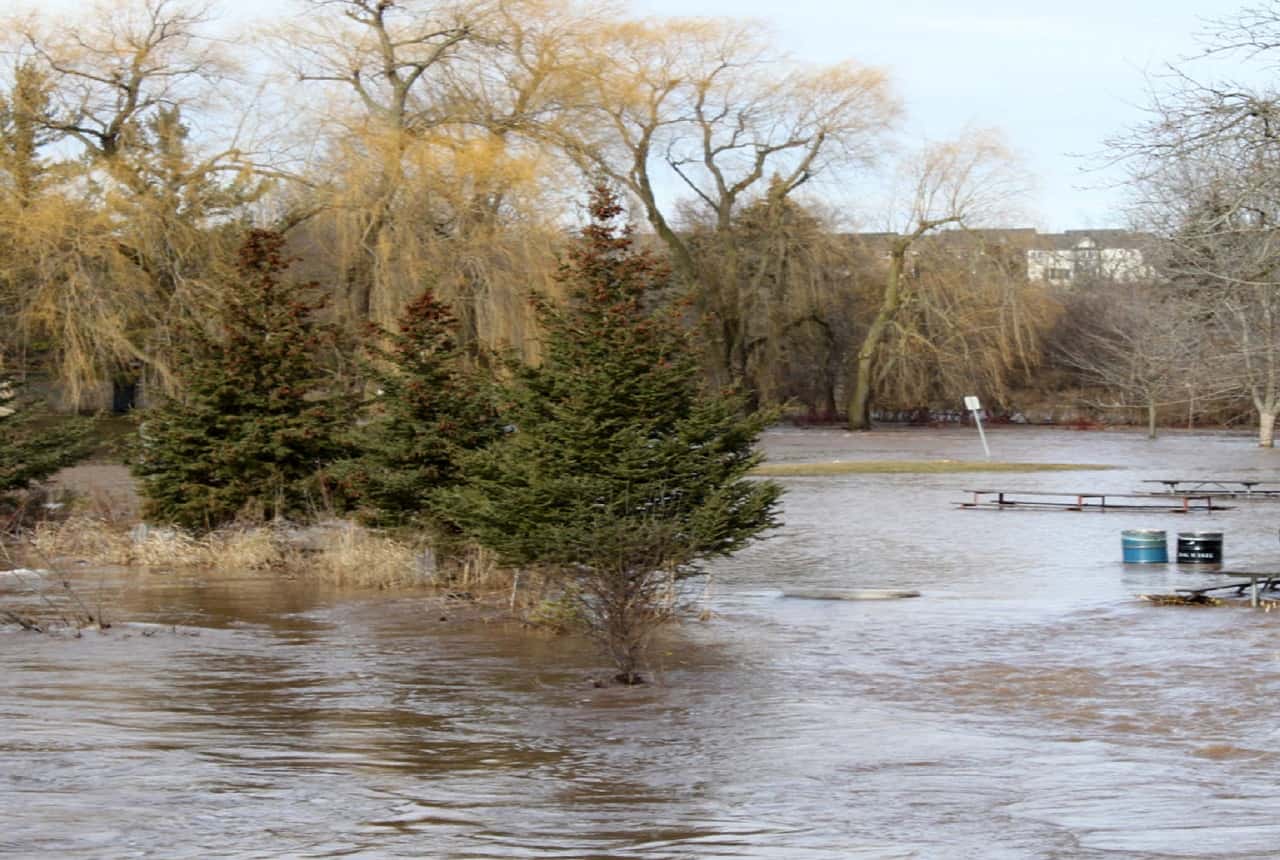Extreme heat days on the rise in Mississauga and Brampton
Published April 4, 2022 at 5:12 pm

Conservation authority officials in Mississauga and Brampton say they’re well prepared to help those municipalities–in addition to Caledon and Orangeville–deal with a significant increase in the number of extreme heat days that looms on the horizon.
Credit Valley Conservation (CVC), established by the Ontario government in 1954 to protect, restore and enhance the natural environment of the Credit River Watershed, said in a March 30 news release that it’s “well positioned to help the community adapt” to a future that will likely include significantly hotter temperatures and an increase in local flooding.
CVC officials were responding to the latest climate change report from the United Nations Intergovernmental Panel on Climate Change (IPCC) that sounds the alarm on climate change impacts, adaptation and vulnerability.
Released on Feb. 28, the IPCC report “anticipates widespread adverse impacts to people and nature from more frequent and intense extreme events caused by climate change while noting that adaptation efforts can reduce impacts to communities most at risk.”
CVC data shows Peel communities are trending toward an increase in extreme heat days, having exceeded the normal annual number in nine of the past 10 years.
“In alignment with IPCC’s findings, extreme heat in the Credit River Watershed will likely increase the risk of heat-related illnesses and hospitalizations, with vulnerable populations most affected, highlighting the need for targeted adaptation,” CVC officials said.
One thing they can do to prepare for more extreme heat days, officials say, is to plant additional trees and shrubs to increase shaded areas and “naturally cool the community.”
The CVC’s Community Tree Project, which is looking at a Brampton neighbourhood as having a particularly high vulnerability to extreme heat, has so far planted 2,800 trees and shrubs.

CVC notes that other climate change impacts like flooding are also a concern locally.
“Flooding from more frequent and intense rain events is expected to increase as the climate changes,” officials say. “The July 2013 storm and associated flooding highlighted many social and infrastructure vulnerabilities increasing the risk to local communities.”
More recently, flooding last month devastated parts of north Brampton.
CVC officials say they have developed a software tool to help municipalities identify vulnerable areas and critical infrastructure at risk of flooding. This can help municipalities target resources, emergency planning and outreach, they say.
“From extreme heat to increased frequency of flooding, we’re beginning to see the impacts of climate change at the local level, impacting people’s quality of life in very real ways,” said CVC CAO Quentin Hanchard. “CVC is working with our partners and watershed residents to identify areas at greatest risk and plan adaptation measures accordingly.”
Last fall, CVC officials noted that climate change is proceeding faster than previously thought, especially in northern regions like Canada.
The CVC says Mississauga, Brampton, Caledon and Orangeville are experiencing similar climate change impacts as those reported globally in the United Nations IPCC sixth assessment report, released last Aug. 9.
In addition to warning of the accelerated pace of climate change, the report notes it’s “unequivocally tied to human influence.”
insauga's Editorial Standards and Policies advertising





